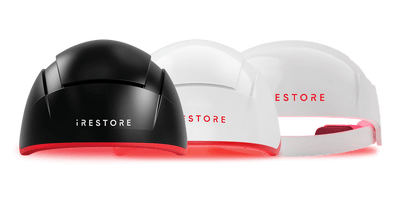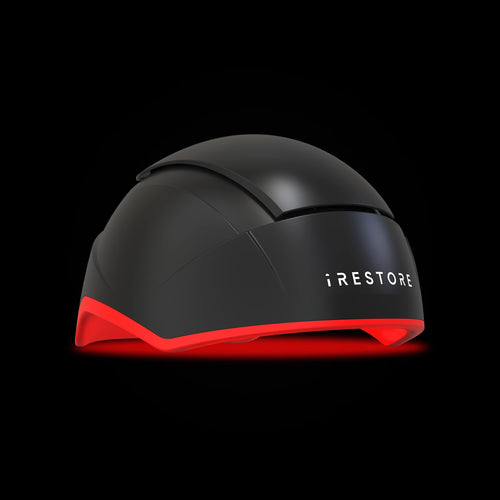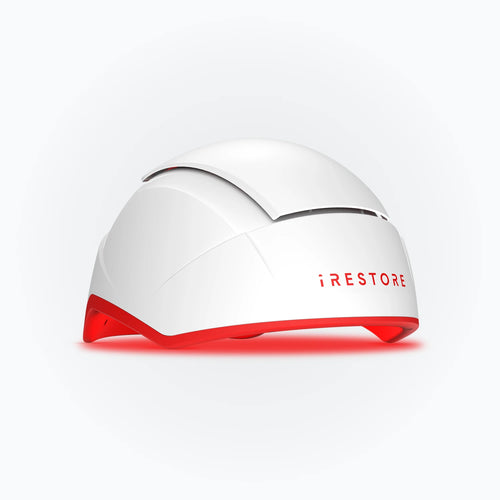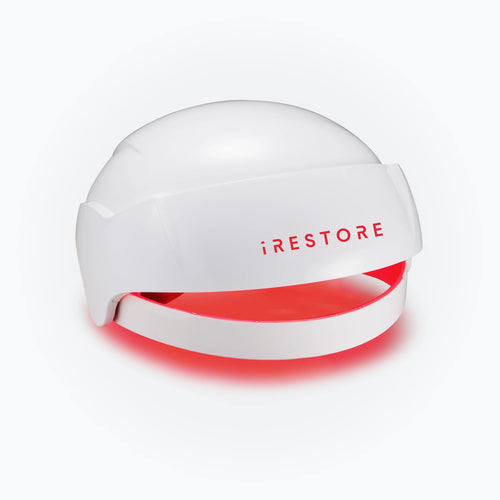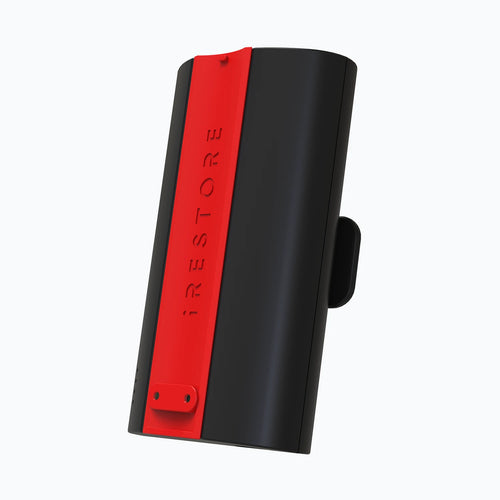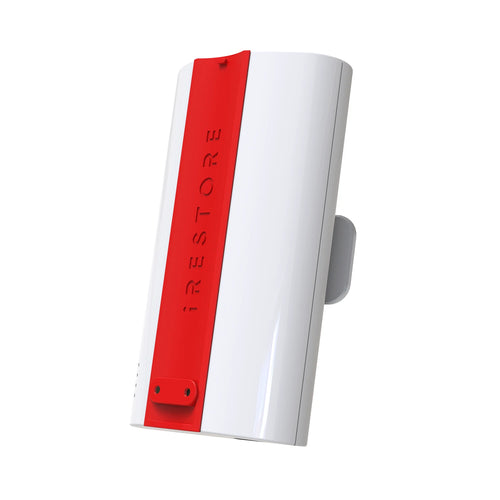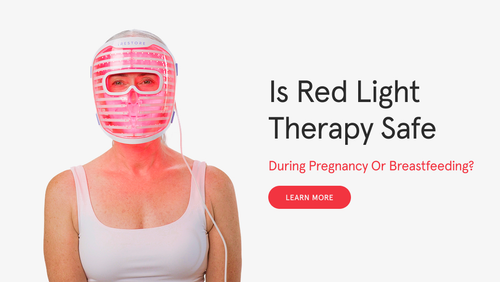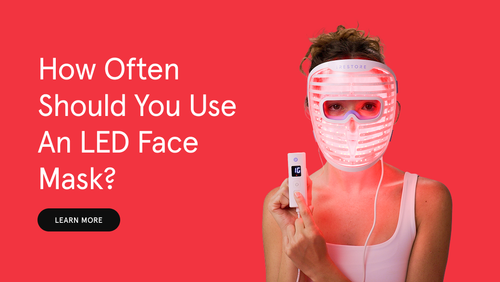Many people notice more strands in the shower drain or on their brush as winter sets in. If you’ve wondered whether the cold weather is to blame, you’re not alone.
Dermatologists confirm that hair shedding can feel more pronounced during winter, and there’s science behind it. From changes in humidity and sunlight to shifts in our scalp health, the colder months can influence how much hair we lose.
Is Hair Shedding More Common in Winter?
Long hot showers, friction from hats, and static from sweaters put added stress on hair, leading to more breakage and shedding.
The reason lies in the natural hair growth cycle. Each strand of hair passes through three phases:
-
Anagen (growth phase) – when hair is actively growing.
-
Catagen (transition phase) – when hair prepares to shed.
-
Telogen (resting phase) – when hair eventually falls out to make way for new growth.
Research suggests that more hairs enter the telogen phase during cooler months, which can explain the rise in shedding you see in winter. In most cases, this is temporary and part of the body’s seasonal rhythm.
Why Does Hair Shed in Winter?
Winter brings together several factors that can make shedding more noticeable:
-
Dry Scalp & Low Humidity
Cold air outside and heated air indoors strip away moisture. A dry scalp weakens the roots, so strands fall out more easily.
-
Less Sunlight, Less Vitamin D
Shorter days mean reduced Vitamin D levels. Since this vitamin supports follicle health, lower levels can slow growth and increase shedding.
-
Restricted Blood Flow
Cold temperatures cause blood vessels to tighten, limiting the supply of oxygen and nutrients to hair follicles. This can make strands weaker over time.
-
Everyday Winter Habits
Long hot showers, friction from hats, and static from sweaters put added stress on hair, leading to more breakage and shedding. Many also wonder if wearing a hat can cause hair loss but the reality is a bit more nuanced.
Together, these conditions create the “perfect storm” for winter hair fall, even if your overall hair health is normal.
How to Manage Winter Hair Shedding
While seasonal shedding is normal, the right care can make a big difference in keeping your hair stronger during winter months:
-
Keep Your Scalp Hydrated
Use a gentle, moisturizing shampoo and conditioner. Scalp oils or serums can also help restore balance when dryness is an issue, especially when paired with techniques like a scalp massage for hair growth.
-
Don’t Skip Nutrition
A diet rich in protein, iron, and vitamins (especially Vitamin D) supports healthy follicle function. Consider supplements if recommended by your doctor.
-
Be Gentle With Styling
Minimize heat tools like straighteners and blow dryers. When you do use them, apply a heat protectant to reduce damage.
-
Protect From the Cold
Cover your hair with a soft scarf or hat when outside. Choose breathable fabrics like cotton or silk to avoid friction and static.
-
Massage the Scalp
Regular massages improve blood circulation, helping follicles get the oxygen and nutrients they need.
These small habits reduce the stress that winter places on your hair and scalp, making seasonal shedding less disruptive.
When Is Shedding a Concern?
Not all hair loss in winter is cause for alarm but it’s important to know when shedding goes beyond seasonal changes. Look out for:
-
Excessive Daily Shedding: Losing more than the typical 50–100 strands per day on a consistent basis.
-
Noticeable Thinning: Hair that feels less dense, or a widening part line.
-
Bald Spots or Patches: Areas where hair loss is localized rather than evenly spread.
-
Persistent Shedding Beyond Winter: If shedding doesn’t slow down as the season changes, it may point to an underlying issue.
In these cases, it’s a good idea to consult a dermatologist or trichologist. They can rule out causes like hormonal imbalances, nutrient deficiencies, or medical conditions that might need targeted treatment.
How iRESTORE Can Help With Winter Hair Shedding
While some winter shedding is temporary, it can still be frustrating to deal with. iRESTORE provides a proven, science-backed way to support healthier and thicker hair throughout the year. Using FDA-cleared low-level light therapy (LLLT), iRESTORE devices work by stimulating hair follicles at the cellular level. If you’re curious about the science, read more on how red light therapy helps stop hair shedding. This process helps improve blood flow, reactivates weakened follicles, and encourages stronger regrowth over time.
What makes iRESTORE especially effective is that it’s safe, drug-free, and designed for convenient at-home use. Users have reported noticeable improvements in hair density and reduced shedding within just a few months of consistent use. Combined with a balanced routine of scalp care and nutrition, iRESTORE gives your hair the extra boost it needs to withstand the challenges of winter.

Conclusion
Noticing extra shedding in winter is common, the colder months put your scalp and hair under more stress than usual. From dry air and reduced sunlight to lifestyle factors like hot showers and heavy hats, it’s normal to see a few more strands falling out. The good news is that most seasonal shedding is temporary and can be managed with the right care.
If you want added support beyond at-home remedies, advanced solutions like iRESTORE’s laser hair growth system and hair care products are designed to strengthen follicles, reduce shedding, and encourage long-term regrowth. With the right combination of daily habits and proven technology, you can keep your hair healthier and more resilient, no matter the season.
FAQs About Hair Shedding in Winter
How much hair loss is considered normal?
On average, losing 50–100 strands per day is normal. If you’re consistently losing more or noticing thinning patches, it may be worth consulting a specialist.
Does cold weather directly cause hair loss?
Cold weather itself doesn’t cause permanent hair loss, but it contributes to dryness, scalp irritation, and weaker strands, which makes shedding more noticeable.
How long does winter hair shedding last?
Seasonal shedding usually lasts a few weeks to a couple of months. If shedding continues beyond that, it may be linked to other causes like stress, hormones, or medical conditions.
Disclaimer: The iRESTORE blog is for informational purposes only and is not intended to replace professional medical advice or treatment. Please do not ignore professional guidance because of information you’ve read here. If you have concerns about your hair or skin health, we encourage you to consult a qualified healthcare professional.
